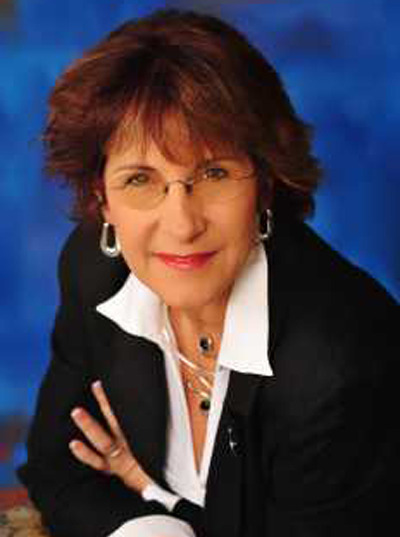Body Image: How to Change our Beliefs

Our minds are truly amazing! Due to advances in neuroscience, scientists now know so much more about how the brain truly functions. In previous blogs, I have referred to some of this research about how our subconscious mind has a partnership with our conscious mind. This new knowledge enables us to use simple techniques for better thinking. When we think more clearly for our own well being, we can experience an ever-happier life. The way we view our bodies is a big part of how we feel when we look in the mirror and bring our presence to work. But, can you modify your beliefs and your strategies? Yes! This is all available to you with what your conscious mind can do.
Known as neuroplasticity, scientific findings show we all have an innate ability to restructure the gray matter of our brains with our conscious-mind. We can consciously alter our beliefs and our strategies. However, for these conscious alterations to become integrated into our subconscious mind, we must consciously practice this new belief.
Emotional reactions usually stem from your assumptions about how life “ought to be,” not from actual events. Awareness of the power you have to change your beliefs and strategies provides the presence of mind to see the assumptions and false beliefs before you make decisions.
Using self-observation, awareness, and self-questions, here are 4 steps to shift your beliefs and strategies in a more positive direction. These are based on research by neuroscientist, Dr. Jeffrey Schwartz.
Notice your automatic responses to yourself as learned brain-strategies that you can change.
This step requires you be non-judgmental about your responses. You are not weak, inferior or defective as a human being. Your brain is hard-wired to love solving problems and to face and resolve challenges. Our thoughts are simply learned patterns that can be unlearned. Those old embarrassments from your adolescent years may have been translated into judgmental beliefs about your body and mind. They could be distorted perspectives.
Ask yourself, “Is this response true about me? How might I view this same quality in my best friend?” You always have the option, to choose the thoughts, emotions, actions you want to express instead.
For example, when I looked in the mirror and noticed the wrinkles on my upper lip, my hyper-focus on this quality of my face was coupled with the assessment that I’m looking old. This brought on sadness about becoming “old” and less attractive. I knew this was a distortion. How? When I notice small wrinkles on the faces of my friends, I don’t make the same judgments about their faces that I make about mine.
Re-frame the assessment the way you might if you were another person.
Reframe a certain thought or self-assessment so you can clearly see what is true and what is not true. Step back and separate yourself as someone different from the belief or assessment. When you do, you have a clearer picture of what you can change, and what you have no choice about. When you see a distortion, use a descriptive word that resonates with you and calls your attention in a profound way.
For example, I called the wrinkles above my lip a sign that I’m old a “big lie” and a “misguided belief.” This consciously shifts my focus to something opposite from what my brain has been automatically been doing. This step puts the power in your conscious mind and develops your innate ability to choose your responses to life.
Refocus your perception of yourself on what you consciously prioritize and most value.
Think about your life and what you most value. See your body, mind and spirit as aligned to what you most want to create in your life. Ask yourself, “How do I want to feel about myself? What perspective aligns with what matters most to me? What does my body do for me that helps me achieve what matters?” Your answers to these questions will galvanize your subconscious mind and sharply focus your energy on creating thoughts, ideas, and actions that align with your highest purpose.
My answers to my inquiry were my yearning for wisdom, grace and beauty. When I decided to change my belief about “old,” I changed how I felt. I made a powerful shift to decide that the changes in my face were indications of wisdom and beauty. After all, I saw those qualities in other women I admired. Then, I began to feel appreciative and my confidence improved.
Take action to express your commitment to this priority or value.
This step is about what you say and do (your behavior). You have to think differently and also perform differently instead of the old way. This means changing what you say to yourself and about yourself to others. This may mean catching yourself in “I’m sorry” and pausing. Do this by giving your brain new things to do. This is where the change in brain chemistry occurs, where you are creating new neural patterns with your new mindset. Action is key. Actions tell your subconscious mind that the first three steps matter to you.
By consistently taking action, changing the old or habitual response you used, you are consciously self-directing changes in your brain. These changes will make it increasingly easier for you to shift your beliefs about your body image, especially situations that normally trigger you. The more you practice a behavior, the more likely your subconscious mind will integrate it as habit. You have learned to change your beliefs!
The best outcome is that you get to consciously choose what you will create or change as you develop a kinder and more positive body image.
-Andrea Zintz, Career Coach, President, Strategic Leadership Resources
Helene Lerner's Blog
- Helene Lerner's profile
- 9 followers



